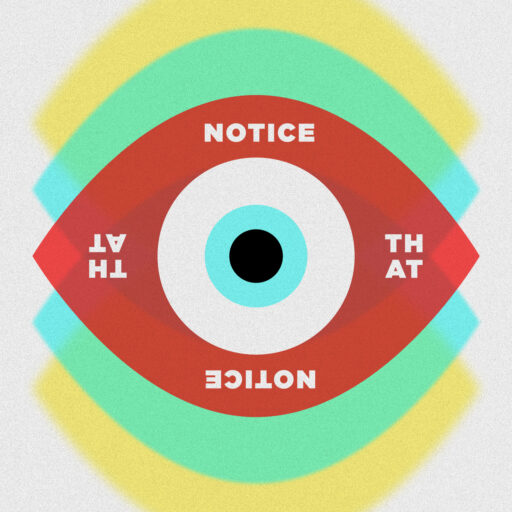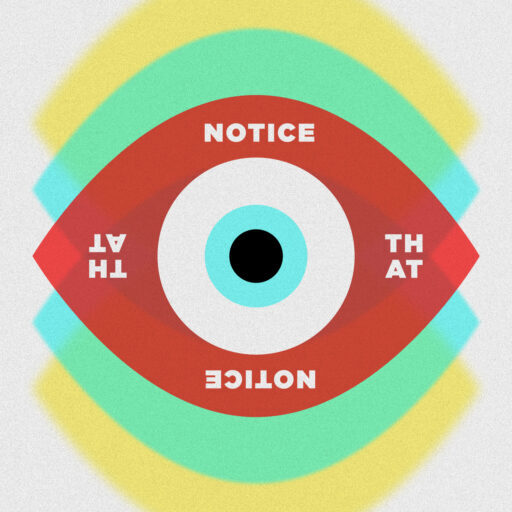Episode 2: Introducing EMDR (Part 1)

In today’s episode, we explore important considerations when introducing EMDR Therapy to your clients. Learn creative metaphors for explaining the complex process in a more client friendly way.
What to have in mind when introducing EMDR Therapy to a client:
- Who are you speaking to?
- Age
- Level of education
- Client vs Community member
- Tailor your description to the individual you are presenting it to. Avoid flooding them with too much information.
Recommendations for explaining EMDR Therapy
- Practice explaining EMDR to family, friends, colleagues, ect.
- Get comfortable with how to respond to common questions.
- Be prepared with several methods and levels of explanations to match the need of the population you’re speaking to.
- Have a strong understanding of the Adaptive Information Processing Model.
Quotes from initial impressions of EMDR Therapy
- It’s important for us to connect back to our experiences in EMDR Therapy.
- This is so that we can be sensitive to what our clients are experiencing coming into therapy.
When to introduce EMDR Therapy to clients?
- Clients referred for EMDR Therapy or directly seeking EMDR Therapy- immediately talking about it= more directive approach.
- General referrals = less directive approach. Gently suggest EMDR Therapy as a possible modality to treat their symptoms.
- Presented as a very gradual approach. Start by talking about trauma and the brain and then building into more of the specific aspects of EMDR.
- Resource: TED Talk about the ACEs Study
- Trauma can be any adverse experience.
Analogies for EMDR Therapy and AIP Model:
- Tailor your analogy to your client.
- Example 1: Think of the brain as a computer, adverse life experience as a bug in the computer, and rewiring or debugging as the treatment/reprocessing.
- Example 2: Symptoms as weeds and adverse life experiences as the root system.
- Example 3: REM cycle sleep to describe bilateral stimulation. With bilateral, we are replicating a process that your body naturally does every night.
- Example 4 (Kids): Demonstrating it through play or art. For example, draw a picture that demonstrates the process or act it out with dolls or sandtray figures.
- Example 5: When we eat good food, our digestive systems works well. If something enters our body that is toxic, our digestive system has a negative response. Consider the adverse experience as the toxin and our brain is the digestive system. EMDR Therapy supports the digestion of the toxic.
Providing Resources to Clients:
- Have a tool box of strong legitimate resources to provide to clients when they are first beginning the process.
- Caution against clients independently searching google about EMDR Therapy. Also, help direct your client to legitimate resources that provide sound information.
How to address clients that previously received EMDR Therapy:
- Ask questions to make sure that you and the client are talking about the same thing.
- Do not assume that they experienced well practiced EMDR Therapy.
- Even if the client has reprocessed memories with another therapist, start back to phase 1. This will ensure that the client as been well resourced and prepared.
Recorded Explanation of Adaptive Information Processing Model
Live Demonstration provided as a mini episode following this episode






